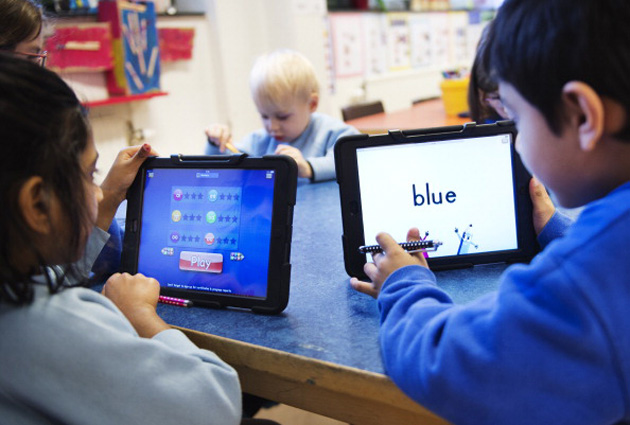The cycle continues as the week goes on and in order to get away from it all we begin to rely on our phones or computers, but that requires us to exert our mental energy even more. When do we find the time to recuperate our brains? That is what we need a focus on mindfulness in a time of constant information being thrown at us. A time to take in the information being given to us, and then a time to appreciate what is actually happening around us.
As school leaders, we need to be aware of this challenge for our teachers and students. Are we giving teachers enough time to think about what they are doing? Are we implementing technology into our classrooms without preparing teachers and students? These are questions that school leaders will need to answer, along with many others. We have to make sure our community members and our personal life is being given the opportunities to "sharpen the saw" (Stephen Covey).
Todd Samuelson, a Canadian school administrator, wrote a great blog, in which spurred my thoughts for this writing. Here is the link for it: Finding the Balance.






